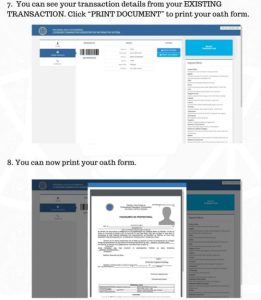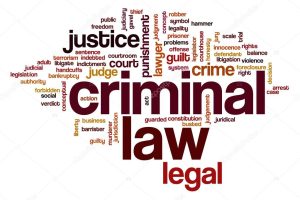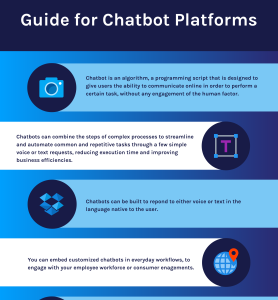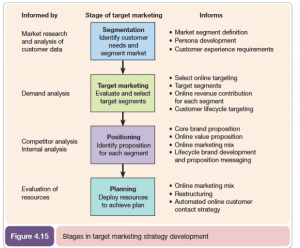ENAIRA Regulatory Guide Overview
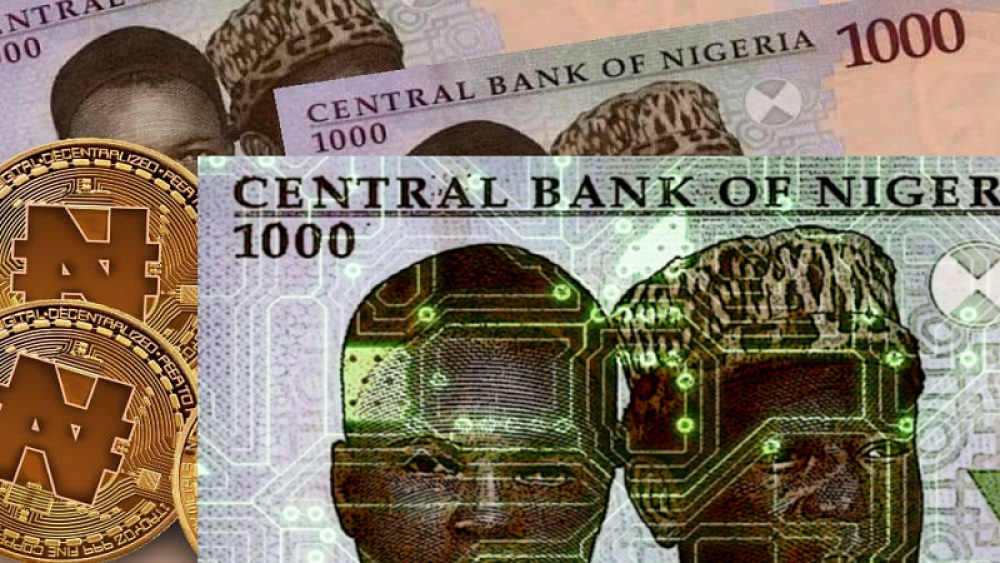
The world is becoming more and more scientific. In recent years, the development of technology has adopted more methods, which involves all aspects of human survival and trade. At this limit, it is the financial sector of the economy. Although technological progress is recorded in other varieties of human life, the financial sector should also keep pace with technology to prevent system failures. In this regard, the latest development of financial technology and technology has prompted the Nigerian government to become the highest monetary authority in Nigeria through the Central Bank of Nigeria(“CBN”). In 2007, it was approved by the Nigerian Central Bank Act and the Bank and Other Financial Institutions Act 2020(BOFIA) to issue fiat money. Safeguard the financial system and promote the development of electronic payment systems. It is suggested to rationalize and adopt the eNaira system.
Please pay special attention to the eNaira framework clearly specified in the Official Regulatory Guide on eNaira issued by CBN on October 1, 2021.
The eNaira system is essentially the digitization of Naira denominations circulating in Nigeria. Its purpose is to make the par value of paper currency and digital par value enjoy the same status, that is, the ratio is “1:1”. Therefore, it is speculated that every N5 of paper currency is equal to 5eNaira. Naira evaluation of traditional currencies such as foreign exchange market, money market, stock market and capital market will also become the value of eNaira. CBN is optimistic that eNaira is a supplement to traditional Naira and is “a safe and reliable payment method with lower cost, higher efficiency, and generally acceptable”. It is speculated that this will help improve the effectiveness of monetary policy, strengthen the government’s ability to deploy targeted social interventions, and promote remittances through formal channels.
To operate eNaira, you need an eNair wallet. The eNaira wallet is compared to a physical wallet, which performs similar functions of accessing, using, and retaining eNaira. ENaira can also be exchanged with other central bank digital currencies(CBDCs). Therefore, in addition to eNaira, the owner required by CBDC can also seamlessly exchange eNair to CBDC. ENaira is applicable to all financial institutions(FIs) engaged in financial and monetary transactions(such as deposits, loans, investments and exchanges), such as banks, trust companies, insurance companies, brokerage companies, investment dealers, etc.
ENaira will be forged and issued on CBN through Digital Currency Management System(DCMS). CBN also manages eNaira through DCMS tools. Financial institutions are obliged to maintain eNaira wallets in order to own and manage eNaira in DCMS. Financial institutions manage digital currency holdings, requests and repurchases through financial institution suites and CBNs. The suite of financial institutions operates as a dedicated application for financial institutions. After broadcasting eNaira, CBN must be stored in a non entity “warehouse” named “eNairastockWallet”. This stock wallet belongs to CBN only. The financial institution shall keep the fund eNaira wallet received from CBN eNaira stock wallet in eNaira warehouse. However, financial institutions can create auxiliary treasury wallets for their related branches and obtain funds from a single eNaira treasury wallet with CBN.
The eNaira platform provides end users with eNaira Consumer wallets for eNaira transactions. All transactions of the owner are conducted in eNaira consumer wallet. Financial institutions can create sub wallets of branch eNaira. The sub wallet of the eNaira branch must be funded by the treasury eNaira wallet. To pay for goods and services through eNaira, use eNaira Merchant Wallet. The eNaira wallet is mainly protected by two factor authentication, and other measures will be taken later. AML/CFT check is applicable to eNaira to detect and prevent fraud. In order to effectively migrate eNaira, financial institutions must integrate back-end systems into DCMS.
If you have any difficult questions, please contact the help desk of your preferred FI help desk. Please ask for help from the eNaira Help Desk after the complaint is resolved. In this sense, dissatisfaction is also related to disputes between financial institutions that report directly to the eNaira help desk team and resolve within 2(2) working days. If the parties or both parties are not satisfied with the solution of the eNaira service desk team, the dispute shall be submitted to the arbitration team in accordance with the current arbitration and mediation law.
User Classification
The eNaira guide creates multiple categories for users, each with different requirements. Provide unique identifiers for three types of users.(i) Corporate entities are identified by a Tax Identification Number(TIN).(ii) Individuals shall be identified by their national identification number(NIN) and/or bank verification number(BVN). And(iii) Businessmen who are not corporate entities should be identified through BVN. In addition to the eNaira guidelines, various documentation requirements apply to various users. Users can be divided into Floor 0, Floor 1, Floor 2, Floor 3, and merchants. There are restrictions on daily transactions and eNaira wallets. Businessmen are the only user category that has no restrictions on daily transactions or eNaira wallets.
Transaction Type
The eNaira guidelines recognize four transactions, each offering a unique service. Subsequent types of transactions may be subject to CBN approval.
Cost and Cost Structure
The fees for e-Naira transactions must comply with the 2020 Fee Guidelines for Banks, Other Financial and Non Bank Financial Institutions(the “Guidelines”). After the guidance was released before eNaira went public, the cost of e-Naira transactions was not specifically recorded. Considering the nature of e-Naira transaction, the minimum handling rate specified in the Guide is electronic fund transfer: 10 yuan will be charged for transactions less than N5000; a fee of £ 25 will be charged when the transaction amount exceeds £ 5000 but does not exceed £ 50000. A fee of £ 50 will be charged for transactions in excess of £ 50000.
Compliance with AML/CFT regulations
Financial institutions shall comply with the provisions of the Anti Money Laundering(Prohibition) Act 2011, as amended, the Terrorist Attacks(Prevention) Act 2011, as amended, and all existing anti money laundering laws and regulations promulgated by the Bank of Canada from time to time. ENaira Guidelines. Therefore, financial institutions are obliged to formulate policies to detect money laundering and terrorist activities.
risk management
In this regard, financial institutions must ensure sound risk management procedures to address any threats.
Examples of these risks include:
a. Maintaining the treasury – The financial institutions here are responsible for maintaining the eNaira wallet, and holding and managing eNairo in the Digital Currency Management System(DCMS). If any financial institution cannot fully maintain the treasury, it may be subject to CBN sanctions.
b. ENaira wallet lost/stolen – users may lose their devices, so they cannot access the eNaira wallet/platform
c. Hacker – With the tremendous development of global technology, hacker is a very familiar word for many people. Sadly, eNaira is also vulnerable to cyber hackers.
Is there a way out of all this?
Yes, the CBN guidelines have successfully provided a way to reduce significant risks. This includes:
a. Financial institutions ensure the existing risk management framework
b. Financial institutions, ensuring appropriate governance procedures
c. Record and approve policies
d. Ensure the security of financial institutions and information technology infrastructure(ITI).
e. These financial institutions should implement other risk management measures as may be specified in the CBN Guidelines from time to time.
ENaira wallet recovery process
According to the part of this guide, CBN provides various responsibilities for relevant personnel to prevent or minimize data loss after user equipment is stolen or eNaira wallet is stolen.
a. Bank
• Banks should allow eNaira users to access channels to report these losses, theft or hackers. At least the bank thinks that the customer is the USSD channel and online banking platform; customer service telephone line; and customer service within the branch.
• You need to build a system on site to identify the filer. For this purpose, KYC is recommended.
• If there are such reports, the eNaira wallet should be restricted immediately to avoid financial losses.
b. ENaira wallet users
• Wallet users must protect eNaira wallet login credentials and devices to prevent disclosure by third parties.
• If the device is lost/stolen or the user’s eNaira wallet is stolen, please report to the financial institution or eNairaHelpdesk immediately.
c. Businessman
• The point of sale must provide an eNaira payment channel.
Wallet recovery
What if eNaira’s wallet is lost or stolen?
If the device is lost or stolen, the user must perform the following operations to recover the eNaira wallet:
a. Download the new “eNaira Speed Wallet” from the Store
b. Accept eNaira’s Terms of Use
c. Create a new user name and password
d. Enter two factor authentication credentials
Financial institutions will also be contacted for help.
On the other hand, if included, the user must:
a. Request a password change using the eNaira application’s forget password feature or the USSD password change process
b. Select the appropriate password
c. Enter the user name and password of an existing user.
d. Enter two factor authentication credentials
Or contact financial institutions for help.
Financial and Regulatory Reporting
Financial institutions shall submit reports to CBN in accordance with the provisions of the Banking and Other Financial Institutions Act 2020(BOFIA) and possibly on a regular basis


